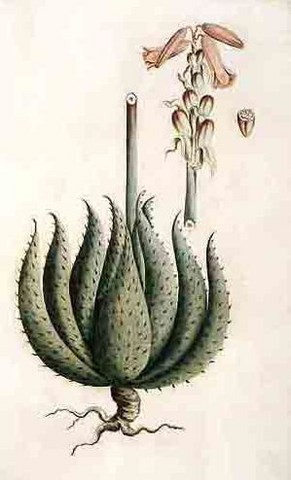Aloe Vera in the Media
Multi-Network Marketing Solution from Forever Living International.
Benefits of Forever Pure Aloe Vera Gel.
Aloe vera: History
Originally from North Africa, aloe vera has been cultivated all over the world and in Europe, especially in Spain, for centuries. This plant has been used by people all over the world for its internal and external benefits.
The ancient history of aloe vera shows us its use in medicine as well as in cosmetics by Egyptians, Romans, Italians, Algerians, Tunisians, Moroccans, Greeks, Arabs, Indians, Chinese, etc.
A papyrus written 3500 years ago (the original is kept at the University of Leipzig) describes aloe and its medicinal properties that had been known for several centuries.
As historians have written, Aristotle persuaded Alexander the Great to conquer the island of Socotora (East Africa) in order to collect sufficient quantities of aloe as a healing agent for the soldiers.
The story that Cleopatra secretly used Aloe Vera gel in her beauty bath is probably the earliest mention of the plant's use as a cosmetic. More recently, Peruvian women have made it an excellent dye for their hair.
In the New Testament (John 19:39) it says that Nicodemus came at night, bringing a mixture of myrrh and aloe to embalm Jesus' body. It is believed to have been Aloe Vera, There are other references to aloe in the Bible: Numbers 24:6, Proverbs 7:17, Song of Solomon 4:14, Psalm 45:8.
Marco Polo discovered that the Chinese used aloe vera for an upset stomach, as well as in the treatment of hives and other skin conditions. In the book The Adventures of Marco Polo mention is made of the tribute paid annually to the Great Khan, the aloe.
A letter written in 1494 by Dr. Diego Alvarez Chanca, one of the three physicians on Christopher Columbus' second voyage to America, says that he made mention in the logbooks of the aloe that grew in Hispaniola, a species of aloe that we doctors use.
The Mohammedans valued this plant so highly that the pilgrim on his way to Mecca would hang an aloe leaf at his door as proof of his pilgrimage.
The Seminole Indians used the healing gel in surgery. Rather than suturing, they applied the raw gel to the incision to promote quick and natural healing. This process left little or no scar.
